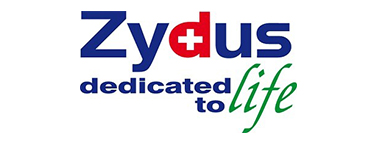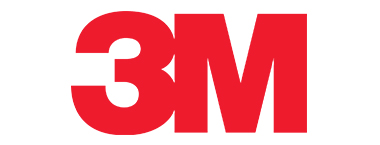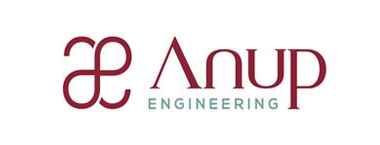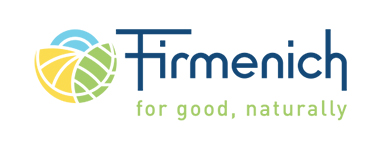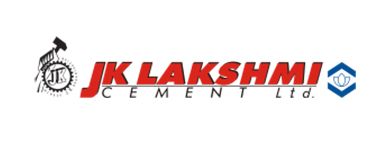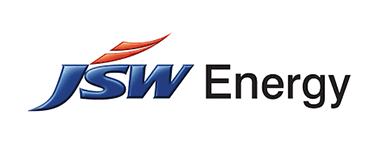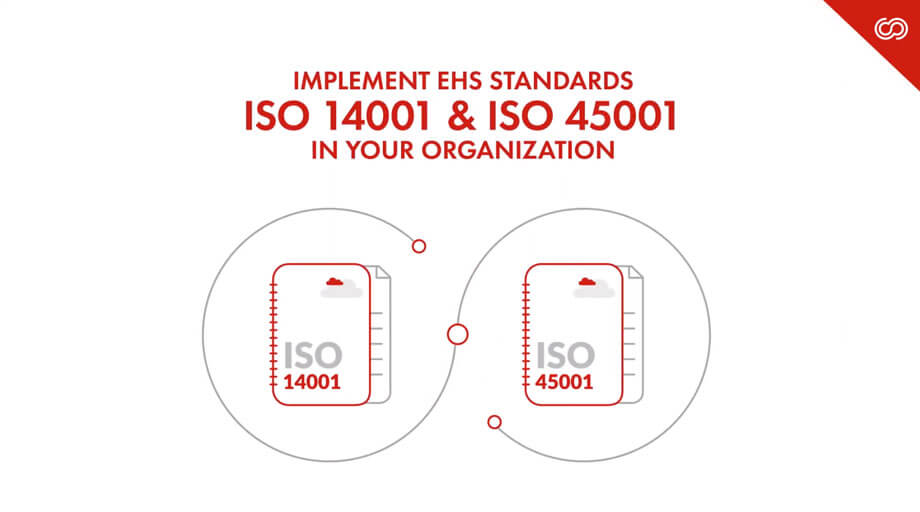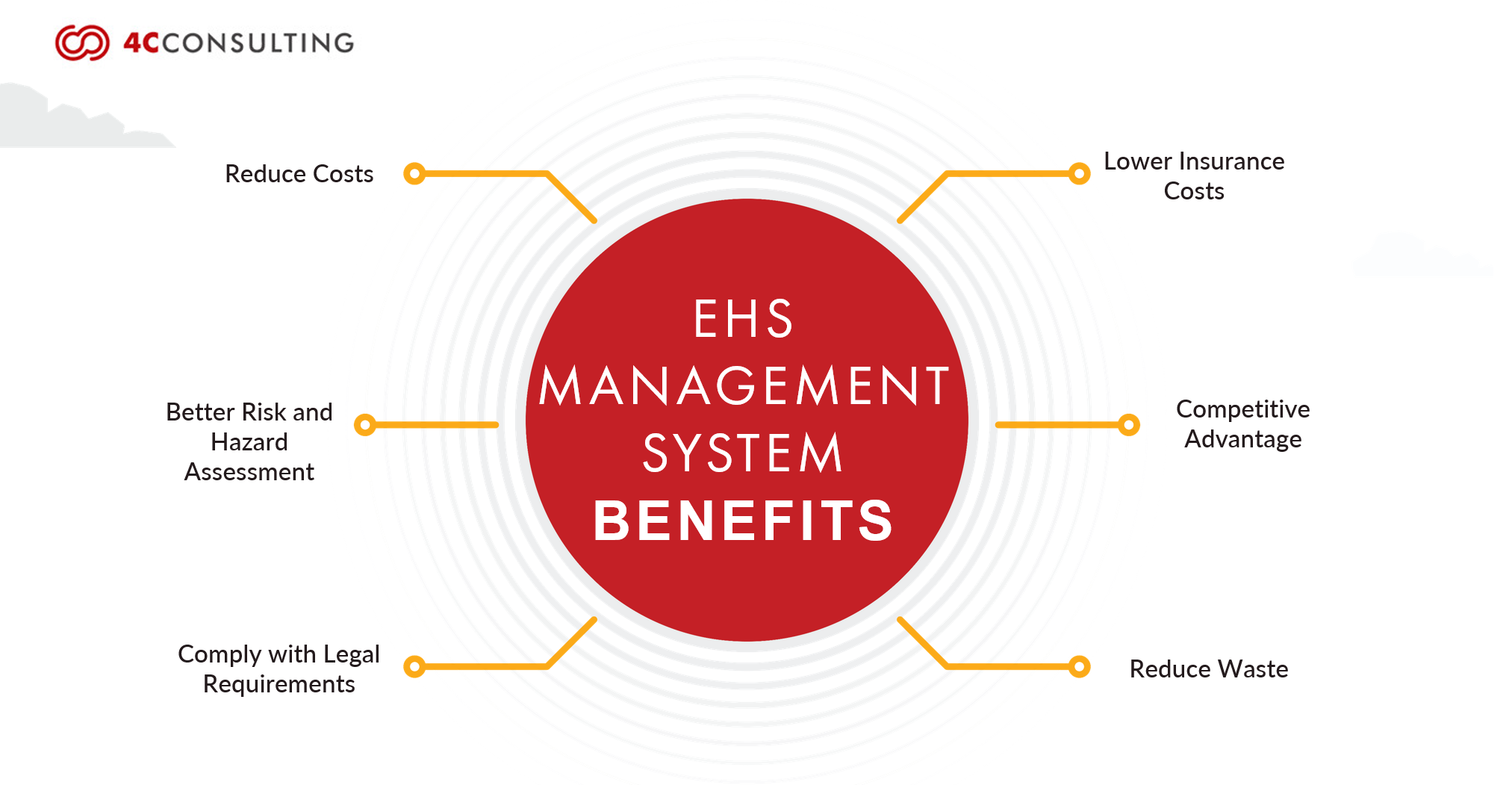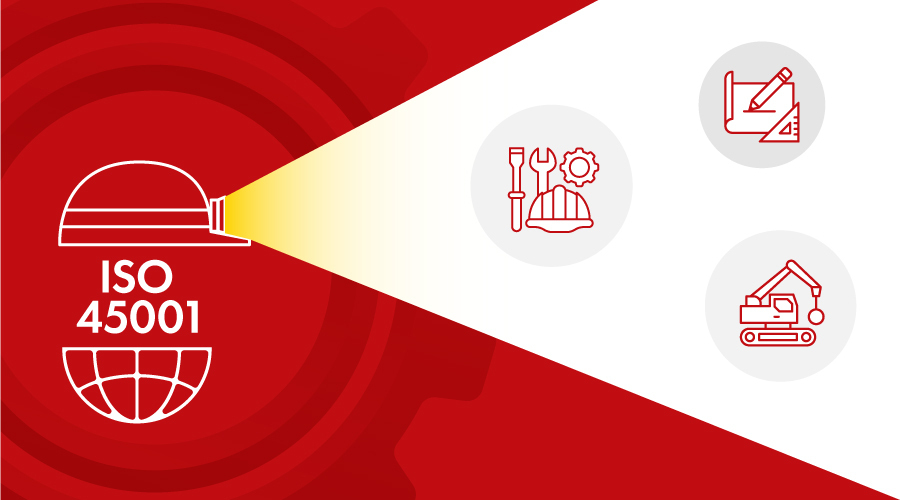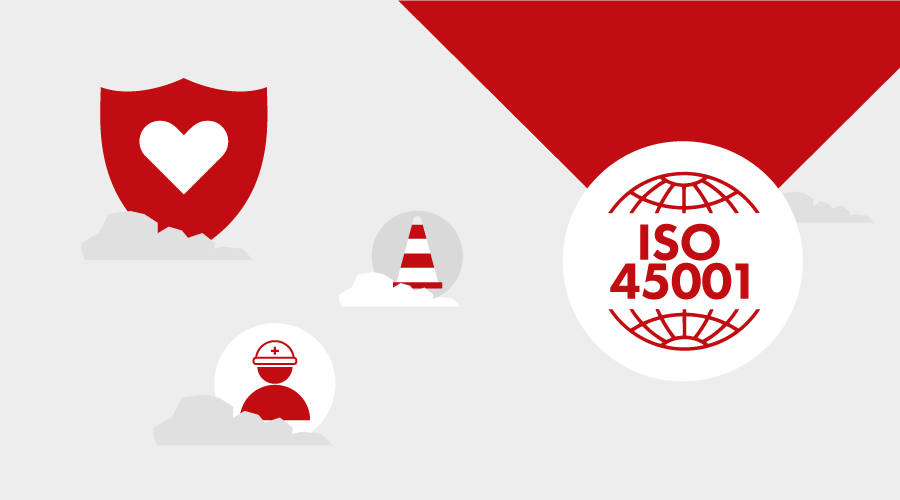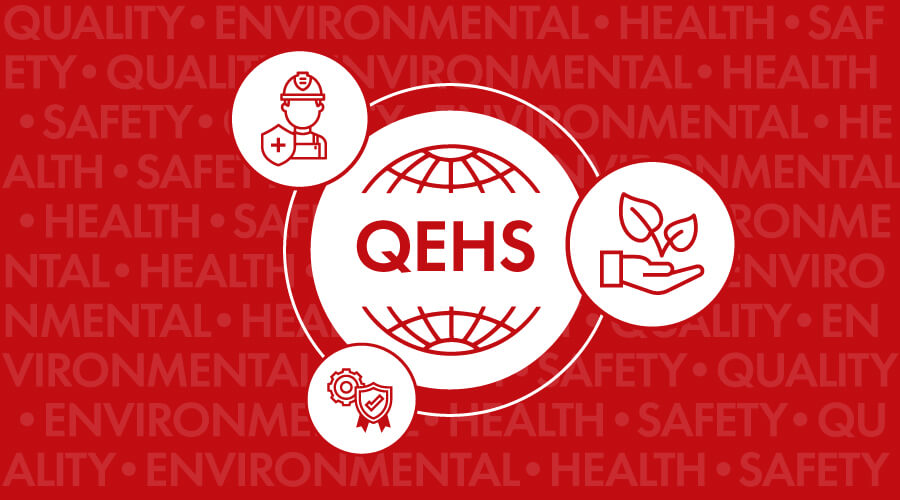
Frequently Asked Questions ISO 45001
ISO 45001 is based on several fundamental principles that underpin its approach to occupational health and safety management. These principles are consistent with those found in other ISO management system standards. The basic principles of ISO 45001 include:
1. Leadership and Commitment
2. Worker Involvement
3. Risk-Based Approach
4. Legal and Regulatory Compliance
5. Process Approach
6. Continuous Improvement
7. Consultation and Communication
8. Documentation and Record-Keeping
9. Objectives and Targets
10. Evaluation of Performance
11. Emergency Preparedness and Response
These principles guide organizations in developing effective occupational health and safety management systems.
An ISO 45001 checklist is a tool that helps organizations assess their compliance with the ISO 45001 standard, which focuses on occupational health and safety. It typically contains questions and items related to key requirements, such as leadership commitment, hazard identification, legal compliance, training, and more. It aids in evaluating the effectiveness of safety management systems and identifying areas for improvement.
Preparing for ISO 45001 certification involves some key steps. Here's a brief overview of the process:
1. Management Commitment: Top management should provide visible and sustained commitment to ISO 45001. This includes setting the direction, ensuring the availability of necessary resources, and actively participating in the implementation process. Their commitment sets the tone for the entire organization.
2. Cross-Functional Team: Establish a cross-functional team responsible for implementing ISO 45001. This team should include representatives from different departments and levels within the organization to ensure that all areas of the business are considered in the implementation process.
3. Risk Assessment: Conduct a thorough risk assessment to identify and evaluate workplace hazards and risks. This involves not only identifying potential risks but also determining their significance and the necessary control measures to mitigate or eliminate these risks.
4. Documentation and Training: Develop the required documentation to support the safety management system. This includes a safety policy, procedures, work instructions, and records. Additionally, provide training and awareness programs to ensure that all employees understand their roles and responsibilities in maintaining a safe workplace.
5. Internal Audits and Continuous Improvement: Conduct internal audits to assess the performance of your safety management system. Internal audits help identify areas for improvement and verify compliance with ISO 45001 requirements. Maintain a culture of continuous improvement by regularly reviewing and updating processes to enhance safety and health in the workplace.




